
Sitara Ibrahimbayli: The difficult task of being a (woman) artist in Caucasus

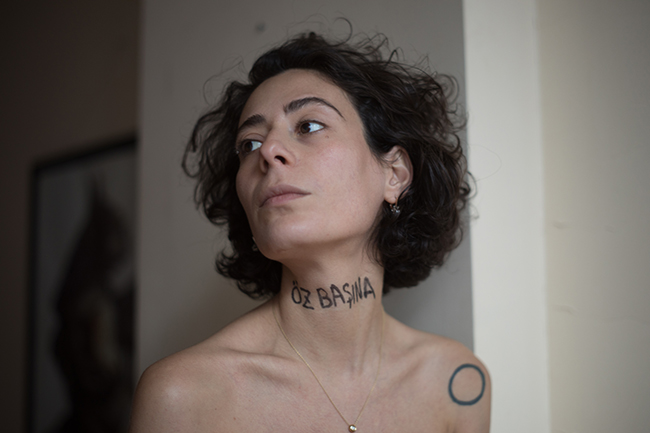
A.P. The project “A Woman’s Journey” documents women from different backgrounds from all over Azerbaijan. Each picture is then recreated by you wearing women’s clothes; you literally put yourself in their shoes… Women’s issues are one of the central subjects in your work. Can you tell me more about your creative process?
S.I. With this particular project, the idea behind me recreating each picture is to say that I am her, and she is me, society forms and shapes us equally; and yes, some are luckier, some know their rights a little better, went to a better school or had parents who were less strict but ultimately, we all share the same fate and there is no real difference between us.
When I travel and photograph these women, I’m always asked “why me?” “I’m not special, or successful, why would anyone be interested in my life?” Often these women are unhappy and very very lonely. I try to explain that they are not alone, and their struggle is our shared struggle, their story is worth telling and that maybe there is a young girl out there for whom this story can be important. The process itself – when I changed into their clothes - made the experience so much more intimate. It made the women feel like I accept them and I felt like I was trusted much more, and it made easier to share these experiences.
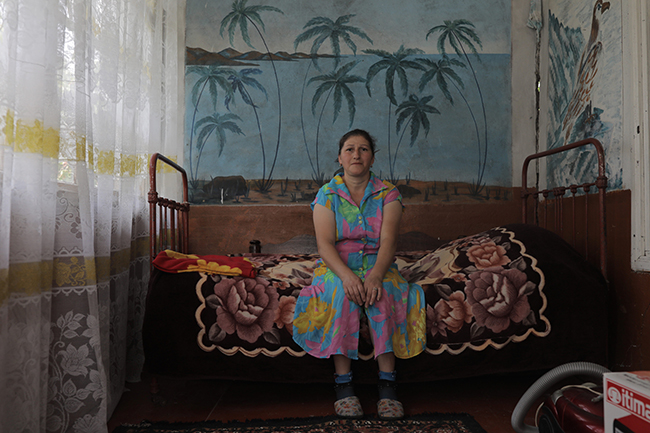
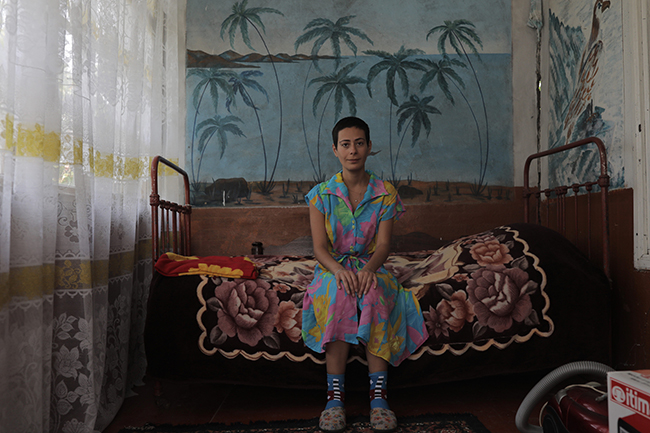
I am a feminist and my work represents this, but here the word feminism is met with such aggression. People believe that feminists want to put men down and somehow be above them, but our real hope is to talk and (together) solve issues like early marriages, or sex selective abortions. This misunderstanding or deliberate ignorance around feminism is not only harmful to women, but also to men. For a long time as a little girl, my dream was to be a boy because I saw how things were forbidden for me but not for my brother. He could do anything and I, nothing. Being a boy meant being free, being liberated... Only later I understood that men are victims of this society too. They have so much pressure to provide, to be masculine, to choose their partner in life, to allow themselves to be vulnerable. This is what my society has to understand and what also drives my art: The desire for an equal society for both men and women and thus, a healthier, happier nation.
A.P. When Chantal Akerman was asked if she was a feminist film maker she would reply that she is a woman and also makes films. The term “female photographer” often sounds like a sub-category of photography. Even if you work on such subjects like the aftermath of the Nagorno Karabakh war or a remote community of an ethnic minority, it can still be hard to rightly position yourself while also maintaining and embracing the feminine side as a tool for storytelling.
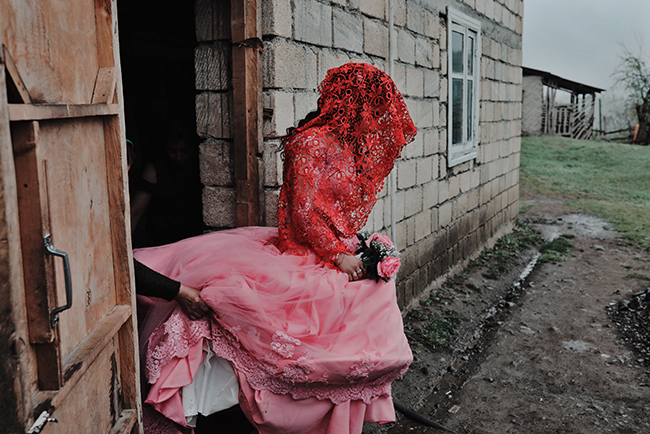
Sitara Ibrahimbayli. Getting Married at 17. 2017
S.I. The new tendency around representing women is pretty obvious, with women’s festivals, women’s projects and so on. Even though there are these new, amazing spaces for women, I sometimes feel it is forced or made only for show. I recently got invited to a conference to speak about women’s issues because it is on March 8. It takes a little effort to tick a box and say “done” without any real understanding of our issues. Personally, I do not want to position myself only as a female photographer. I am a person, a photographer, and yes, I am a woman, but I don’t want to be regarded just on the basis of my sex. In the end, I think it is wrong to separate women and men. Our goal is the exact opposite of division. It is union and validation - that we can do everything equally, be it being a photographer or a doctor. The reason that I still choose women’s issues as a central theme in my work is because this is what I know and what I can express: what it means to be a girl in this society, in this school, at home, and what it means to become a woman after all that. So these experiences are very much my tools to tell my story and the stories of so many others that I meet along the way.
A.P. You mentioned in an interview that you feel you were born too early and this complicated tie with your time and era is also palpable in your photography. It seems you photograph Baku at some kind of a crossroads and your heroes represent that too; their background is traditional, yet their lifestyle is more modern and European. This passage and conversion is not an easy process, but rather a painful one, both for a person and for the whole country…
S. I. Azerbaijan is full of saturation and contradictions, from languages to religions to holidays when we celebrate both Ashura and Halloween. We infuse so many opposites. On one hand, it makes me proud of my culture but it is also difficult to command all these sides of one country. We have refugee camps in Baku and annual Formula 1 competitions; there are multiple parallel universes that have no idea about the existence of each other.
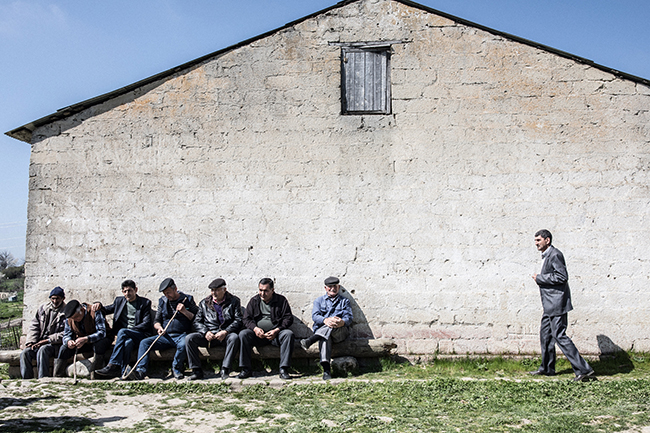
Azerbaijan has been independent for about 30 years, but even that concept is relative… So, we are still struggling. And for our common desire for our children to live in a better country, we have to start building it now, and a big part of that foundation is understanding all of the layers of our culture. However hard that might be, our growth has to happen in all the realms simultaneously and equally. As a documentary photographer, I try showing all parts of being Azeri. I get criticized either because I’m showing the new Baku - the hipster, joyous part of my city - while there are so many problems in the country. Or I get criticized because I only show the struggle when there is such progress going on. Both are realities of living here, and disregarding one or the other is not showing the full picture.
A.P. You mentioned the parallel realities that don’t know about the existence of each other, do you consider that it is part of your mission to create a link between them? How do you think social art generates change? Ultimately what is your aim and how do you achieve it?
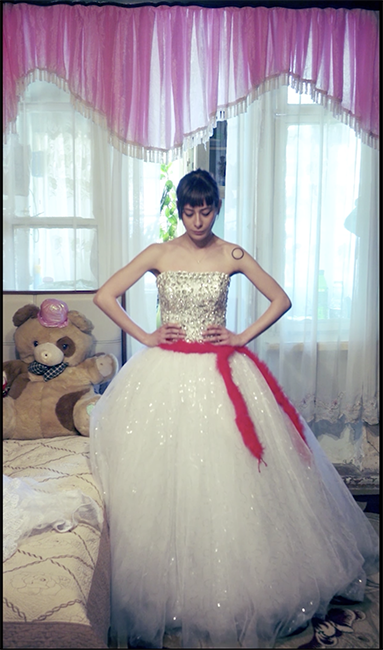
S.I. The lack of information about the most severe issues of the country is one of our biggest flaws. A few days ago, a woman was killed by her father-in-law. The husband moved to Russia, remarried and had another family, while this woman was forced to keep living with his abusive family that killed her in the end. Can you imagine how unfair life was to her? This, in one form or another, happens almost every week, yet people still don’t acknowledge issues like femicide. Creating this link, highlighting this problem is very difficult. When I have an exhibition in a gallery, the people that come don’t have the same problems - they drink wine, compliment the work and go home. These exhibitions might have been good for my ego at some point but they are not enough. I understand I have to leave the gallery space and focus on my art becoming more accessible to the broader public and not just to the more privileged part of society. As for the real tangible change, an artist has to be a part of a movement, he or she cannot do it alone. We have all these problems and they are not even recognized as such. Even though most of the women I met did not find happiness in their roles as wives and mothers, this lifestyle is still romanticized. They still wished for me to marry. A big culprit in this is the media, which keeps promising the fairytale. So, the whole system needs to change. And I try to be part of this system in any capacity that I can.
A few years ago it became clear that there are many interesting artists in Azerbaijan, but not enough people in project management who can curate and coordinate a project. Three years ago I started an educational media platform, where I work on the production of films and documentaries. This is another way of achieving what I believe in.
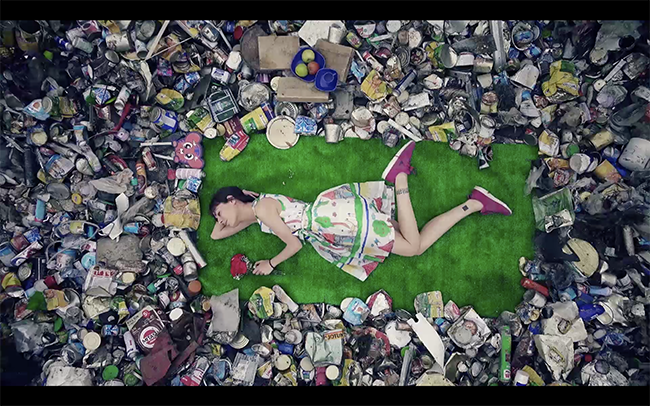
A.P. In the video “Naftalan” the artist tries to scrape the oil off her body, musing on the resource’s overwhelming significance in framing the collective unconscious of the country. How difficult was it for you to liberate yourself from your culture’s collective and unconscious taboos and limitations?
S.I. For me it is a constant struggle within myself. So many of the projects I want to do are still considered radical in Azerbaijan. My video “First Night” is a critique of our notion of female chastity. It was circulated around the country more than any of my other work and suddenly my family and I were hit by an incredible wave of aggression. I was at a music festival in Tbilisi when suddenly my mother called me and told me what was happening. She asked why I kept doing such work and in her voice, I heard an accusation instead of support. My whole family felt guilty for me. They come from a Soviet upbringing and see things differently and get nervous before each of my projects. It is hard for my mother to see me fight for something and feels like I am doing it alone.
So, there are limitations that I set for myself and for my art, and even if there are things that society isn’t ready for, I still try not to get suffocated by its opinions and perceptions. Overall, it’s not easy being a women artist in Caucasus.
Sitara Ibrahimbayli. Naftalan. 2016
Cover image: © Sitara Ibrahimbayli. A Woman's Journey. 2018